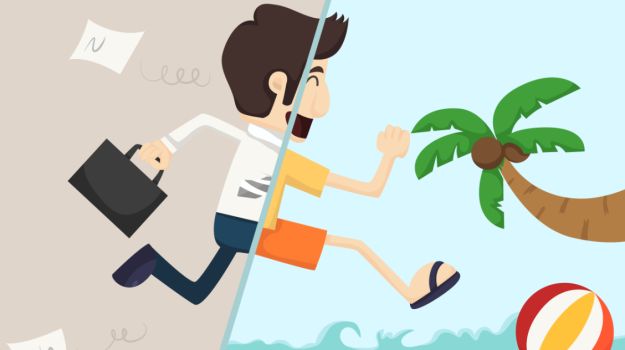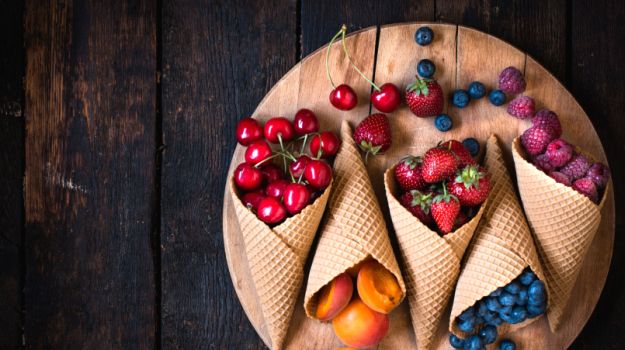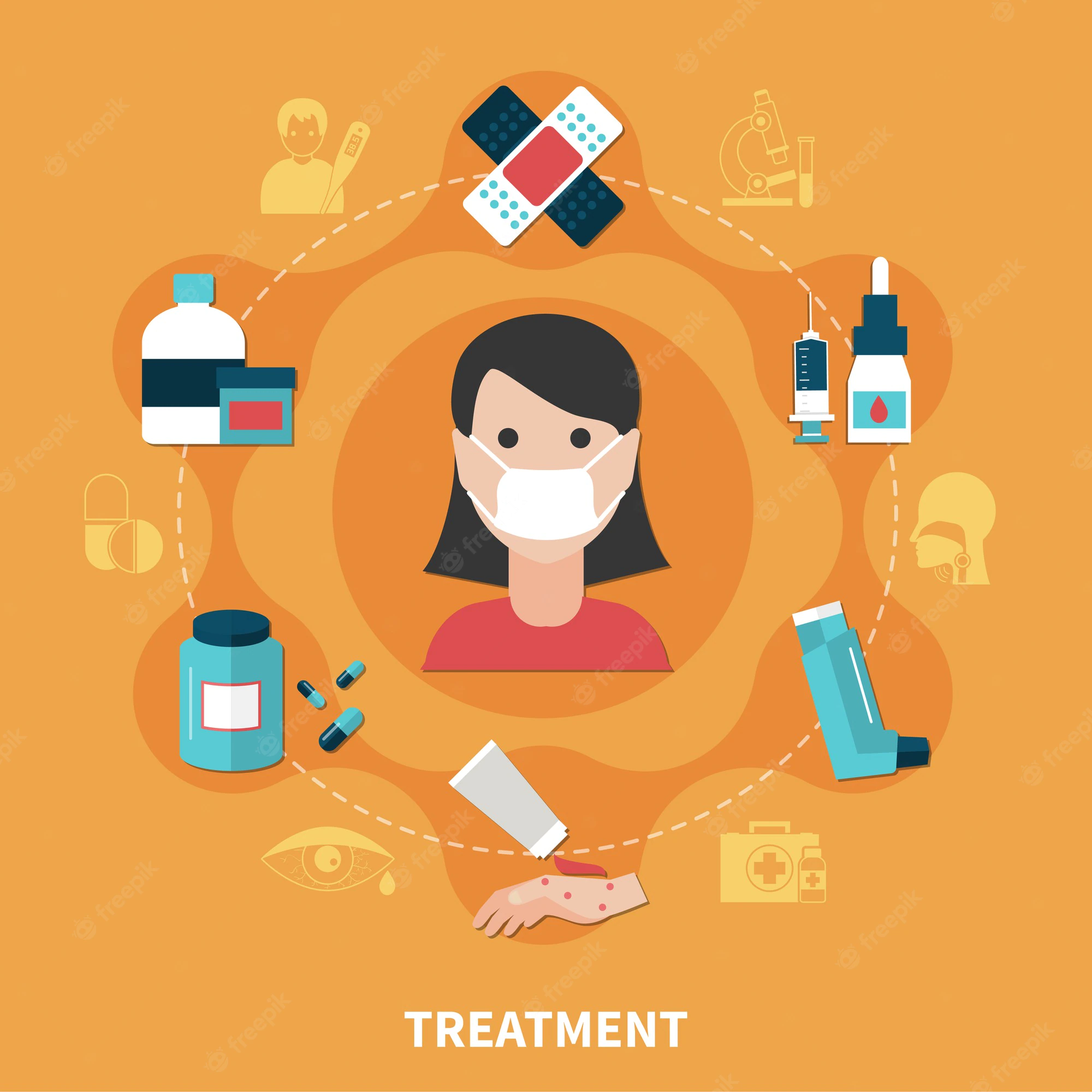
If you have type 2 diabetes, you don’t need to include snacks in your daily diet, unless you’re on a type of medication, such as insulin or sulfonylureas, that can cause hypoglycemia.
However, snacks—if they are healthy and part of the meal plan developed by your diabetes educator or dietitian—can help prevent blood glucose peaks and valleys, as well as overeating at mealtime.The trick is knowing which foods make a “good” snack, the right portion size, and how often you should eat between meals.Calculate snack carbohydrates and calories
A good snack consists of 15 to 30 grams of carbohydrates and 100 to 200 calories (depending on the individual’s meal plan and medication), according to Rosalia Doyle, RD, a nutritionist at the Gerald J. Friedman Diabetes Institute at Beth Israel Medical Center in New York City. Just like meals, snacks should aim for a combination of fat, protein, and carbohydrates (read the food label to get all the details).”At our clinic, every type 2 diabetic gets an individual meal plan when they see one of the registered dietitians. And snacking is important for some people because it helps to prevent the blood sugar from fluctuating,” says Doyle.Doyle likes to incorporate snacks her clients enjoy, like yogurt with fruit, popcorn without butter, and berries. Despite the nutritional value of such snacks, this eating must also be monitored. Inappropriate snacking can contribute to obesity.One way to avoid harmful snacking is to understand portion sizes for both your snacks and meals, and to stick to the parameters.”Three cups of popcorn is the same serving as one slice of bread, and a great snack,” says Doyle. Other snack ideas include high fiber cereal with soy milk, a low-fat cheese stick with an apple, or a sugar-free chocolate pudding cup.Snacking if you’re on insulin
Most diabetes medications do not require snacking, according to Nora Saul, RD, a certified diabetes educator and dietitian at the Joslin Diabetes Center in Boston, Mass. However, snacks are important for those who take both short- and long-acting insulin—in which case you’ll need a snack mid-morning and one mid-afternoon.”If snacking helps keep you satisfied, and you can keep to a specified calorie count, great. But if you find yourself adding too many calories at snack time, it might be best to stick to three meals per day, and then, perhaps, a snack at bedtime,” says Saul. That bedtime snack is a good time to add in some fiber with such choices as air-popped popcorn, for example, or a pear or apple with the skin on.If you do eat a carbohydrate-containing snack, and you use insulin, you may need an additional shot. You can check by testing your blood sugar, says Saul.
[“source-ndtv”]









